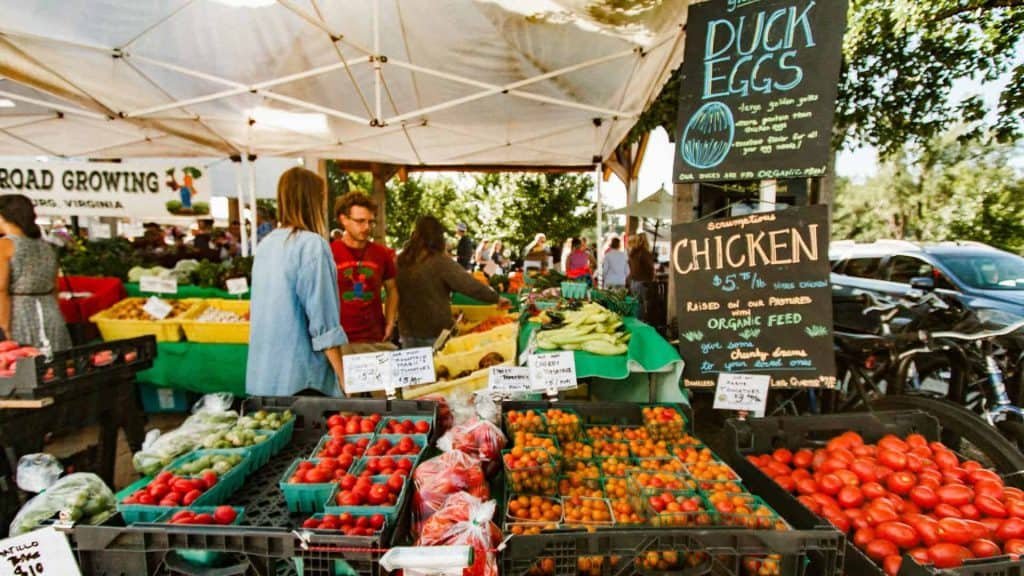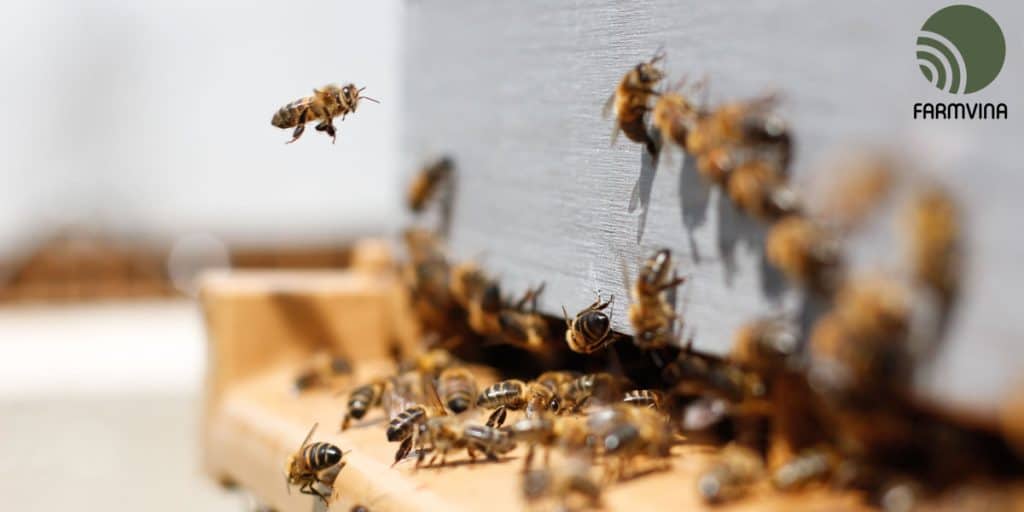How to make more money? Hmm…
‘How to make more money’ is always a challenging questions for beginners in urban farming. In this post, we will outline some potential approaches and tips to help you.
Market Streams
It’s always a good idea to be diversified. Any economist will tell you that. Farming is no different. You want to have a selection of different market streams that you can sell through, and there is really one style of selling that is most relevant to small and urban farmers: direct consumer marketing— selling directly to the end user, without anyone in the middle.
In some cases it can make sense to pursue “middleman” types of customers, but for the most part, you are a retailer (the primary seller). The three primary market streams for most small farmers are farmers markets, restaurants and CSAs (community support agriculture), though we will look at a few other options as well. In each of these market streams there are different ways that your product is marketed.
For example, with farmers markets and CSAs, you’re selling product in small unit sizes at a premium price. That price reflects the extra time it takes to assemble and sell. Units like small bags and bunches are what’s common here.
For restaurants, you’re selling product in case lots (by the pound or by the box), and you are selling at a slightly lower price than you would at the market to reflect the reduced amount of labor that goes into those orders— and the fact that the customers are buying in volume.

When you’re selling through distributors or retail outlets, you’re preparing the product as for a farmers market (by the bunch or bag), but you’re producing high volumes so you’re still offering a price discount based on volume. We’ll look at all these market streams in closer detail.
Farmers Markets: How To Make More Money?
Farmers markets are the easiest and fastest place to start selling your produce. Some markets will have waiting lists and a specific time of the season they are open, so you need to be aware of these as you think about where to sell your produce.
When you are starting out, the farmers market should be the first point of sale to consider. Market customers can be very forgiving to newbies. If you show up with 100 bags of spinach one week and only have 75 the next week, nobody is really going to notice.
In fact, sometimes that can help you. Humans have a tendency to react to the thought of scarcity, so if you have less spinach this week, your customers will probably just assume you are selling out quickly, and they’ll show up earlier and buy more next week.
The other aspect I love about markets is that they’re a great way to debut new products; you get a firsthand response to certain things. It’s like having your own marketing focus group, giving you immediate feedback on your product. If you pay close attention to the responses, you can learn a lot about the needs and demands of people in your community very quickly.
Markets are a great way to meet people as well. I met most of the chefs I still work with today at the farmers market, and most of the CSA customers I had, when I ran one, I also met there. Hands down, my favorite part of selling at farmers markets is the people. You get to sell the fruits of your labor, which you have put so much time, care and hard work into, to the kinds of people who value what you do. It’s like having all the kinds of people you would want to hang out with right there supporting you.
How many people can say that at the end of a workday? People at a farmers market want to hear your story so, in a way, you become your own brand. This is important, because it’s what makes you unique, and that’s part of the reason people come to the market in the first place. It’s the place where people go to experience culture and diversity. All you have to be is yourself— but you have to be polite; you have to be outgoing; and you must smile!

If you’re not comfortable with all that, then fake it till you make it. If you don’t feel like smiling that day, then force it. After ten people smile at you, you won’t have to fake it any more. You’ll be looking for that connection. It’s important to understand the value you bring to the table at a farmers market. You’re not just selling a product, you’re allowing people an opportunity to be part of a movement and an idea.
Urban farming is good news, and people love the idea of greening the city and bringing food and knowledge about food to them. You’re not only selling vegetables, you’re also selling an experience. Always remember that.
When people buy produce from my stand, they get my undivided attention for the time they’re there. I’m constantly answering questions about gardening and giving them tips on how to prepare food. You don’t get that at a grocery store, and it’s good for you to understand how valuable to a community you are. I rarely sell product by the pound to be weighed at market. There are some items that lend themselves to that, but for the most part, I pre-bag or bunch everything before it’s brought to market. Most of the items I sell at market are sold under a simple blanket pricing system.
There are many ways you can price things at your market booth, but the basic idea is to keep things simple.
Round everything off to the dollar ($2, $3, $4, $5). Avoid numbers like $2.50, $2.75. Simple change-making will make transaction times a lot faster; that’s better for you and better for the customer.
Generally speaking, it’s better to have larger units at a higher price than to have smaller units at lower prices. This is just basic economics: if it takes the same amount of labor to pack a $3 bag of greens as it would a $2 bag, then $3 is better. But you need to take into account how much the average person will use on a weekly basis, because by that same logic you’d assume that a $5 bag would be better. In some cases it is, but I find that most people don’t want a $5 bag— though giving them the option wouldn’t be a bad idea. At my market booth, each item is $3 or you can purchase two for $5. This goes for all bunches of radishes, kale and chard, as well as bags of greens, pints of cherry tomatoes and bags of microgreens. However, this system doesn’t work for everything:
For example, small bunches of herbs, large heirloom tomatoes or larger bags of items like carrots or spinach. To make things as simple as possible at my booth, I will place all the items that work within that price tier of $3 each or two for $5 in one area, and everything that is separately priced somewhere else.

It’s all about making it simple to clearly see where things are. I sell all bunched herbs (like baby dill, cilantro and parsley) at $2 each, and I don’t offer any discounts there. I also sell small scallion bunches at $2 as well. Greens such as spring mix, arugula and spicy mix are sold in four-ounce bags at $3 and two for $5. For spinach, which I find is heavier than lettuce and arugula, I will sell a six-ounce bag at $3. All these prices are primarily based on my production.
During the spring time, a spinach bed will have high yields, so I extend that value to the customer. At times that I’m producing a lot of greens, I will offer a $5 bag of greens that weighs nine ounces, offering a better deal to encourage volume purchases. That’s how to make more money for your urban farming activities.
Originally posted 2020-08-28 11:28:11.



